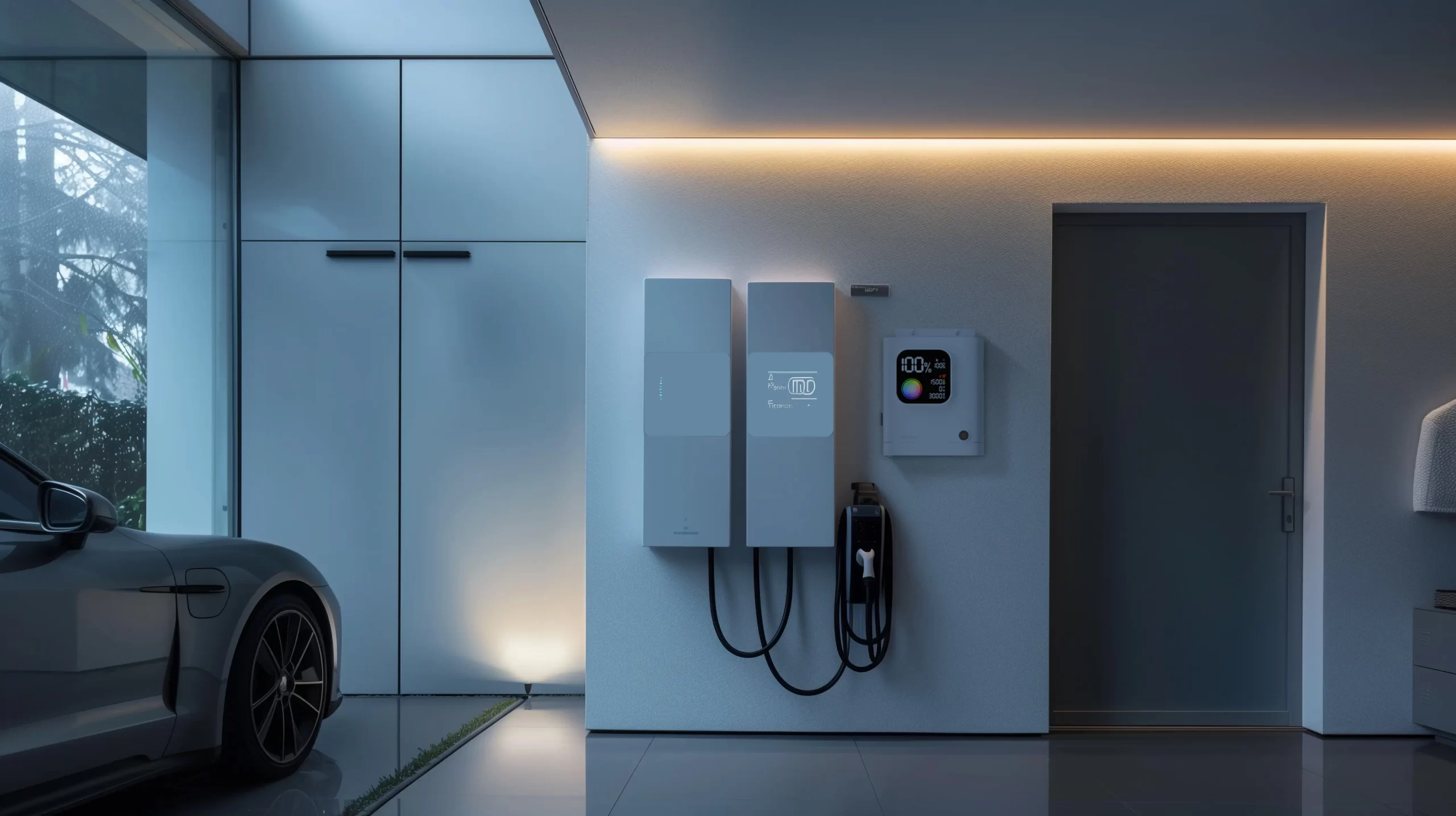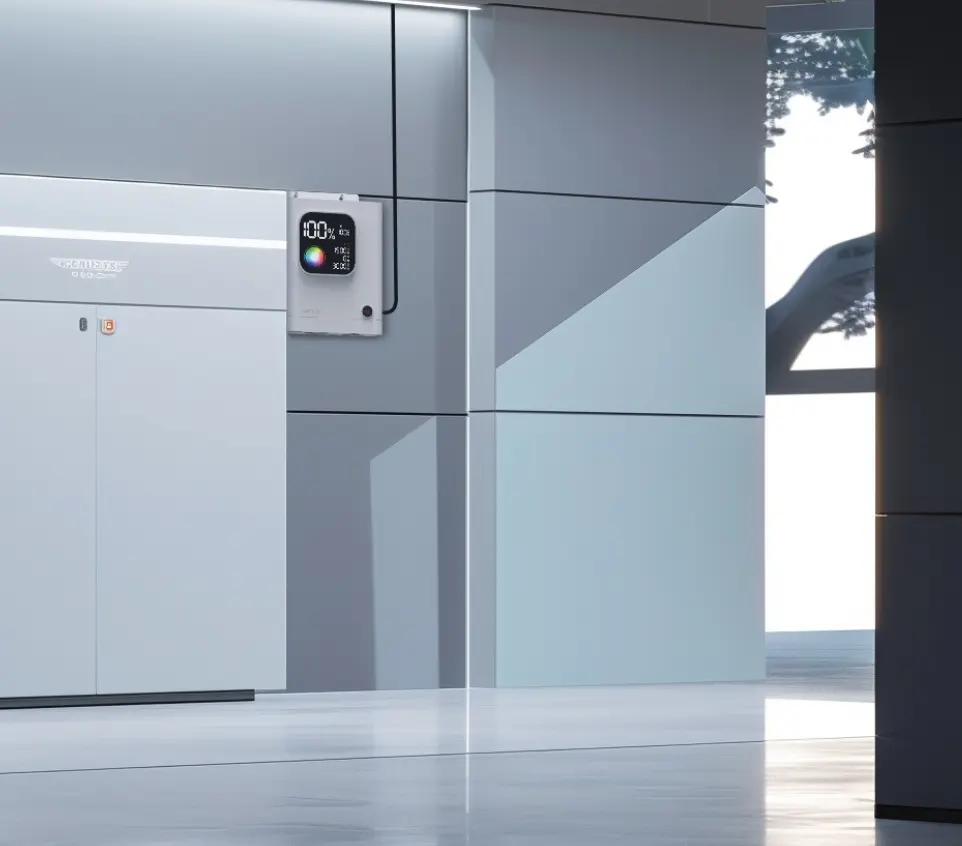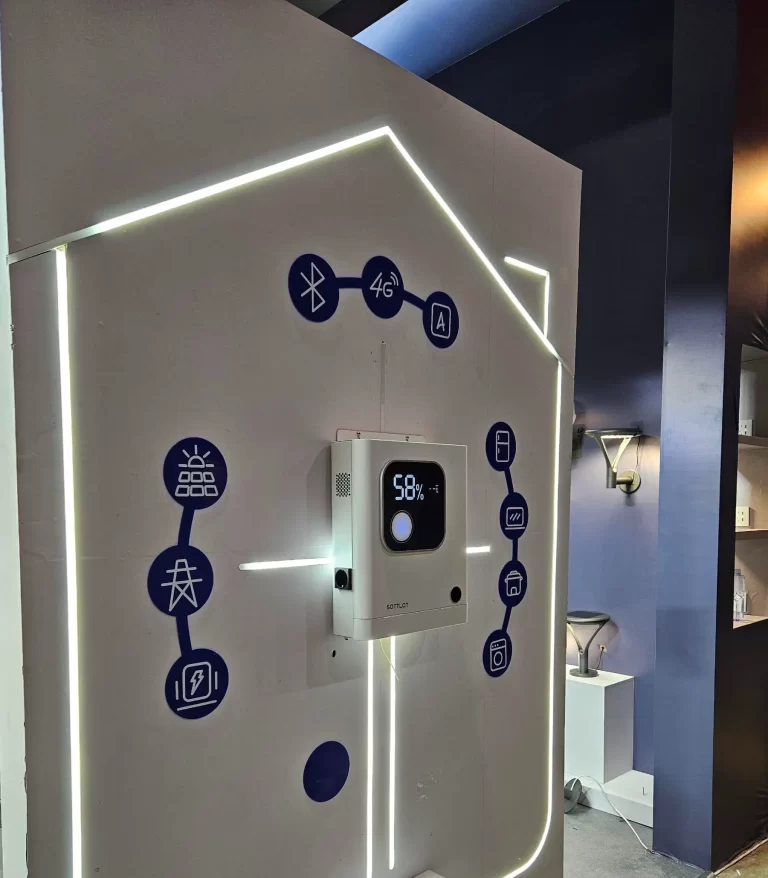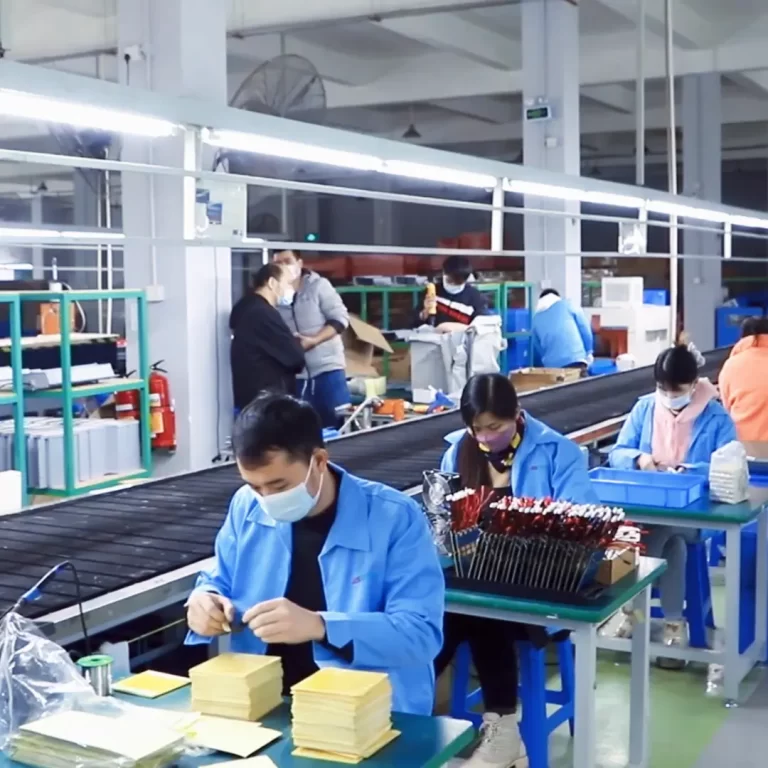In the pursuit of sustainable and energy-efficient solutions, the solar home energy storage system, as a clean and efficient energy solution, is gradually being adopted by thousands of households. It can significantly reduce household electricity bills and provide a stable backup power source in the event of a grid failure, enhancing household energy self-sufficiency. However, for many potential users, the economics and return on investment of solar home energy storage systems are key factors in the decision-making process. This paper will delve into this topic, focusing on the role of the inverter in the system and its far-reaching impact on affordability and return on investment.

Overview of Solar Home Energy Storage Systems
- Definition and Function
A solar home energy storage system, as the name suggests, utilizes solar panels to capture solar energy and convert it into electrical energy stored in a battery bank for daily household use. The system consists of key components such as solar panels, storage batteries, inverters, controllers, and power distribution systems. With this system, households can store energy when the sun is shining and release it for use when needed, thus enabling efficient energy management and utilization.
- Components Explained
- Solar Panels: Convert solar energy into direct current (DC).
- Storage Battery: Stores the electricity generated by the solar panels for home use.
- Inverter: Converts DC power into alternating current (AC) to meet the needs of home appliances.
- Controller: Manages the overall operation of the system, including charging, discharging, and protection functions.
- Distribution System: Distributes the AC power output from the inverter to various home appliances.
- Core Functions of Inverter
As the “heart” of the solar home energy storage system, the main function of the inverter is to convert the DC power generated by the solar panels into the AC power required by household appliances. This process, while seemingly simple, is critical to the stability and efficiency of the system. An efficient inverter ensures that energy losses during the conversion process are minimized, thus improving the system’s economy.
- Advantages of the Alpha 3000 Inverter
For example, the Alpha 3000 inverter, with its high power rating of up to 3,000W and 6,000W of surge power, ensures sufficient and stable electricity for household use. Additionally, the Alpha 3000 features a smart screen display and app control function, allowing users to monitor and manage their home energy usage in real time through their smartphones or tablets. This capability includes checking remaining power, charging status, and the distribution of power usage, greatly enhancing the user experience and the convenience of system management.
The Importance of Inverters in Solar Energy Storage Systems
- Stability and Safety
The inverter is not only responsible for power conversion but also plays a crucial role in protecting the system from voltage fluctuations, short circuits, and other abnormal conditions. In the event of a grid outage or system failure, the inverter can quickly switch to standalone operation mode, ensuring the continuity and safety of household electricity consumption.
- Performance Improvement and Economy
The performance of the inverter directly affects the overall efficiency and economy of the solar home energy storage system. High-efficiency inverters can respond quickly and accurately control current and voltage to minimize energy loss during the conversion process. Moreover, low conversion time and high efficiency mean that more solar energy is effectively utilized, reducing the operating cost of the system and improving the return on investment.
Economic Analysis of Solar Energy Storage Systems
- Initial Investment Cost
The initial cost of installing a solar energy storage system is relatively high, including equipment purchase, installation, commissioning, and possible license fees. However, with the continuous development of solar energy technology and increased market competition, equipment costs are decreasing annually. Additionally, government subsidies and tax incentives can alleviate the financial burden on users to some extent.
- Operation and Maintenance Costs
Operation and maintenance costs are important considerations in the economic analysis of solar energy storage systems. An efficient system design and regular maintenance can significantly reduce operating costs and extend equipment life. The quality and performance of the inverter directly affect the frequency and cost of maintenance. High-quality inverters can reduce failure rates and lower maintenance costs, thus improving the overall economics of the system.
- Useful Life and Depreciation
Solar energy storage systems typically have a useful life of 20 years or more. However, over time, the performance of the equipment will gradually decline. Proper depreciation calculations and timely replacement of key components, such as inverters, are essential for maintaining system economics. By maintaining and upgrading the system regularly, users can maximize their economic benefits while keeping the system running stably.
Return on Investment Forecasting
- Return on Investment (ROI) Calculation
Return on investment (ROI) is an important indicator of the economic benefits of solar home energy storage systems. The calculation formula is: ROI=(annual savingsinitial investment cost−annual operating cost)×100%ROI=(initial investment costannual savings−annual operating cost)×100% This formula allows users to clearly understand the system’s ROI, aiding in more informed decision-making.
- Factors Affecting Return on Investment
Many factors affect the return on investment, including but not limited to equipment cost, energy prices, system efficiency, and government subsidies. Among these, the efficiency and quality of the inverter significantly impact the return on investment. Highly efficient inverters can reduce energy losses and improve system efficiency, resulting in increased annual savings and lower operating costs. Additionally, government subsidies and tax incentives are also important factors affecting the return on investment. Proper utilization of these policies can significantly reduce initial investment costs and shorten the payback period.
Specific Effects of Inverters on Economics
- Inverter Efficiency
The efficiency of an inverter is one of the most important indicators for evaluating its performance. Highly efficient inverters minimize energy loss during the power conversion process, meaning more solar energy is efficiently converted into usable electricity for the home, thus improving the overall economics of the system. For example, an inverter with 98% efficiency can convert an additional 8% of electricity under the same conditions compared to an inverter with 90% efficiency, representing significant savings for a long-running solar home storage system.
- Inverter Costs and Benefits
While the initial purchase cost of a high-efficiency inverter may be relatively high, the financial benefits are substantial in the long run. High-efficiency inverters not only reduce wasted energy but also lower the operating costs of the system by reducing the need for additional power due to energy loss. Moreover, high-quality inverters typically have a longer lifespan and lower failure rate, reducing the additional costs associated with repairing and replacing equipment. As a result, although the initial investment may be large, high-efficiency inverters can provide users with a higher return on investment by improving the overall efficiency and stability of the system.
Challenges and Solutions
- Technical Challenges
In the practical application of solar home energy storage systems, selecting inverters and optimizing system configuration present certain technical challenges. Different brands and models of inverters vary in performance, efficiency, and stability, and users need to make informed choices based on their own needs and budgets. Additionally, the overall design and configuration of the system must consider various factors, such as the power generation capacity of the solar panels, the capacity of the storage battery, and the household electricity load, to achieve optimal energy matching and utilization efficiency.
- Economic Challenges
Besides technical challenges, economic factors are also crucial in affecting the popularization and development of solar home energy storage systems. High initial investment costs, uncertain energy prices, and changes in government subsidy policies may influence users’ investment decisions. To overcome these economic challenges, users can reduce costs and increase revenues through various means, such as selecting cost-effective equipment, participating in group-buying activities, and leveraging government subsidies and tax incentives.
- Solutions
To address the above challenges, users can adopt the following solutions:
- Professional Consultation and Planning: Before installing a solar home energy storage system, consult with professional technicians or organizations for system planning and design to ensure optimal configuration and efficient operation.
- Choosing Quality Inverters: Prioritize high-efficiency, durable, and intelligent inverter products, which may have a higher initial investment but can yield higher economic benefits over time.
- Regular Maintenance and Upkeep: Maintain and service the system regularly to ensure stable operation and extend the service life of the equipment.
- Focus on Policy Developments: Stay informed about and take advantage of government subsidies and tax incentives to reduce initial investment costs and shorten the payback period.
Impact of Government Policies
To promote the development and application of renewable energy, governments have introduced a range of incentives and subsidies. These policies not only lower the initial investment cost of solar home energy storage systems but also enhance their economic viability and market competitiveness. For instance, the U.S. federal solar tax credit (ITC) offers up to a 30% tax reduction for homeowners, while Germany’s Feed-in Tariff (FIT) subsidizes renewable energy generation.
Market Outlook for Solar Energy Storage Systems
- Market Demand
As global environmental awareness grows and energy costs rise, the market demand for solar home energy storage systems is rapidly increasing. Households are increasingly seeking energy self-sufficiency and efficiency, choosing to install solar energy storage systems to meet these needs. With ongoing technological advancements and cost reductions, the market competitiveness of these systems will be further enhanced.
- Technology Development Trends
Solar home energy storage systems will evolve to become more efficient, intelligent, and convenient in the future. The performance and functionality of inverters, as a key technology, will continue to be upgraded and improved. Future inverters may offer more efficient energy conversion, advanced energy management, and more user-friendly remote control capabilities. These technological improvements will further enhance the economics and user experience of solar home energy storage systems.
As a clean and efficient energy solution, solar home energy storage systems offer significant advantages in energy conservation, emission reduction, and self-sufficiency. The performance and quality of the inverter, a core component of the system, critically impact the overall economy and return on investment. By selecting efficient, durable, and intelligent inverter products and performing regular system maintenance, users can maximize the economic and social benefits of solar home energy storage systems. Government incentives and subsidies also strongly support their widespread adoption and development. Looking ahead, with technological progress and market maturity, solar home energy storage systems will become the preferred energy solution for an increasing number of households.




